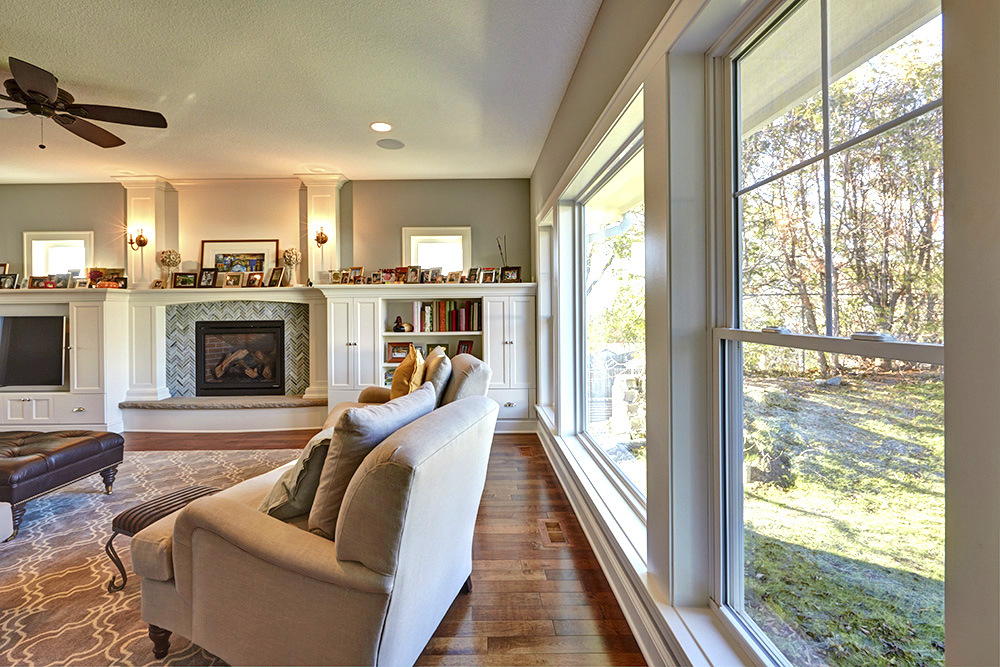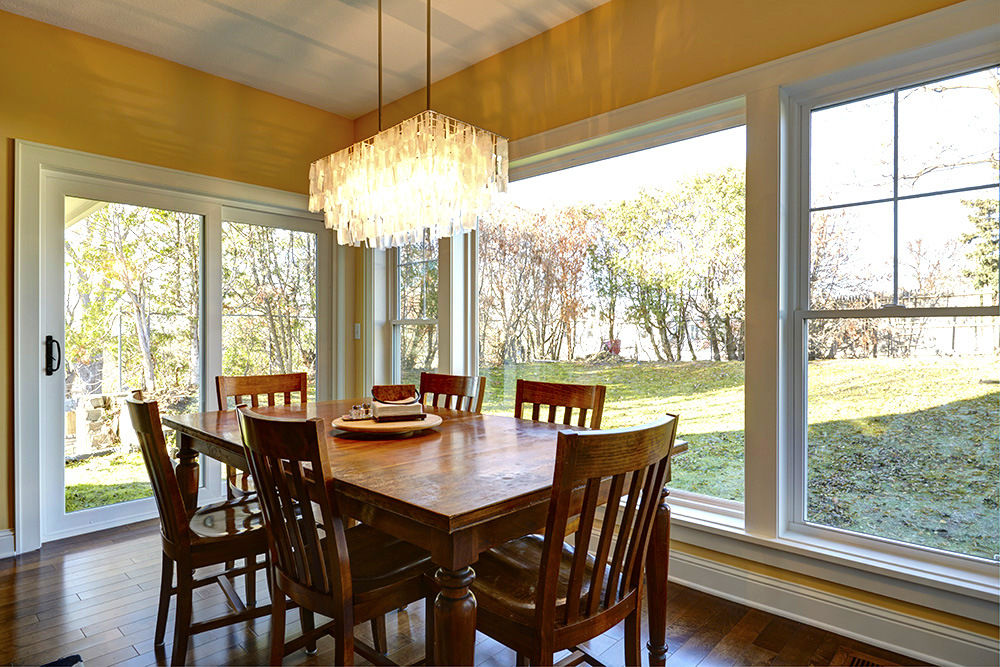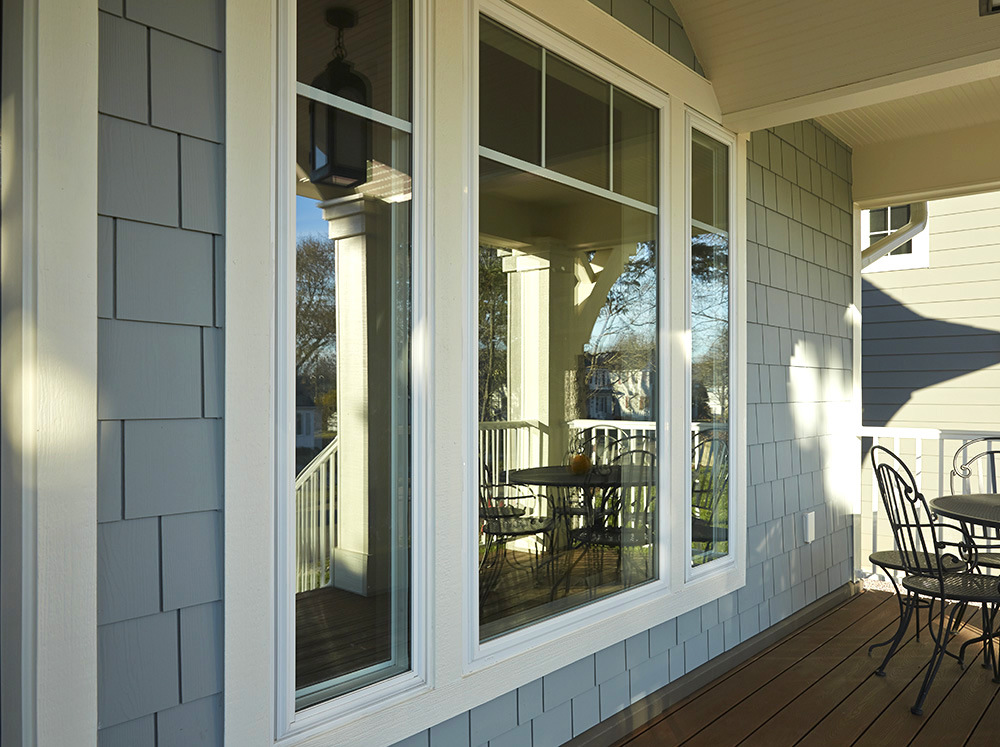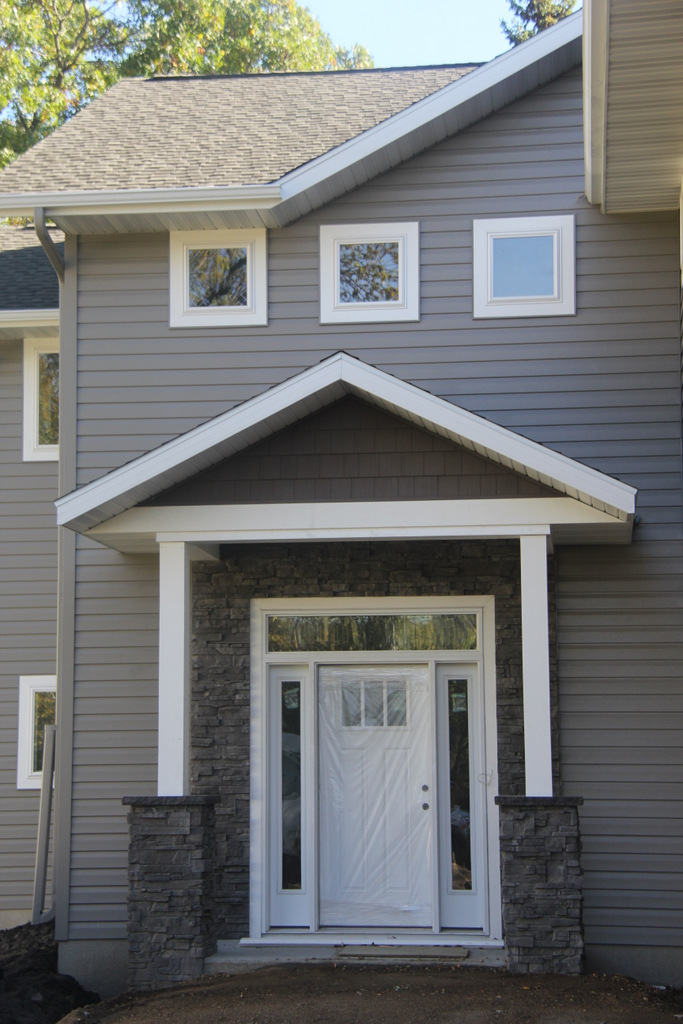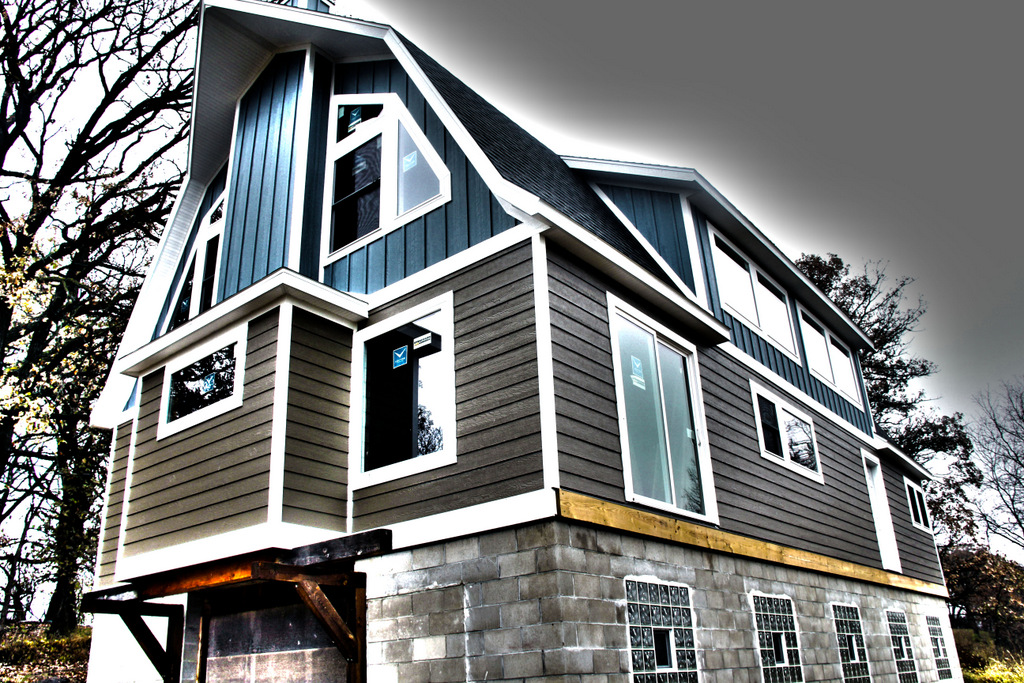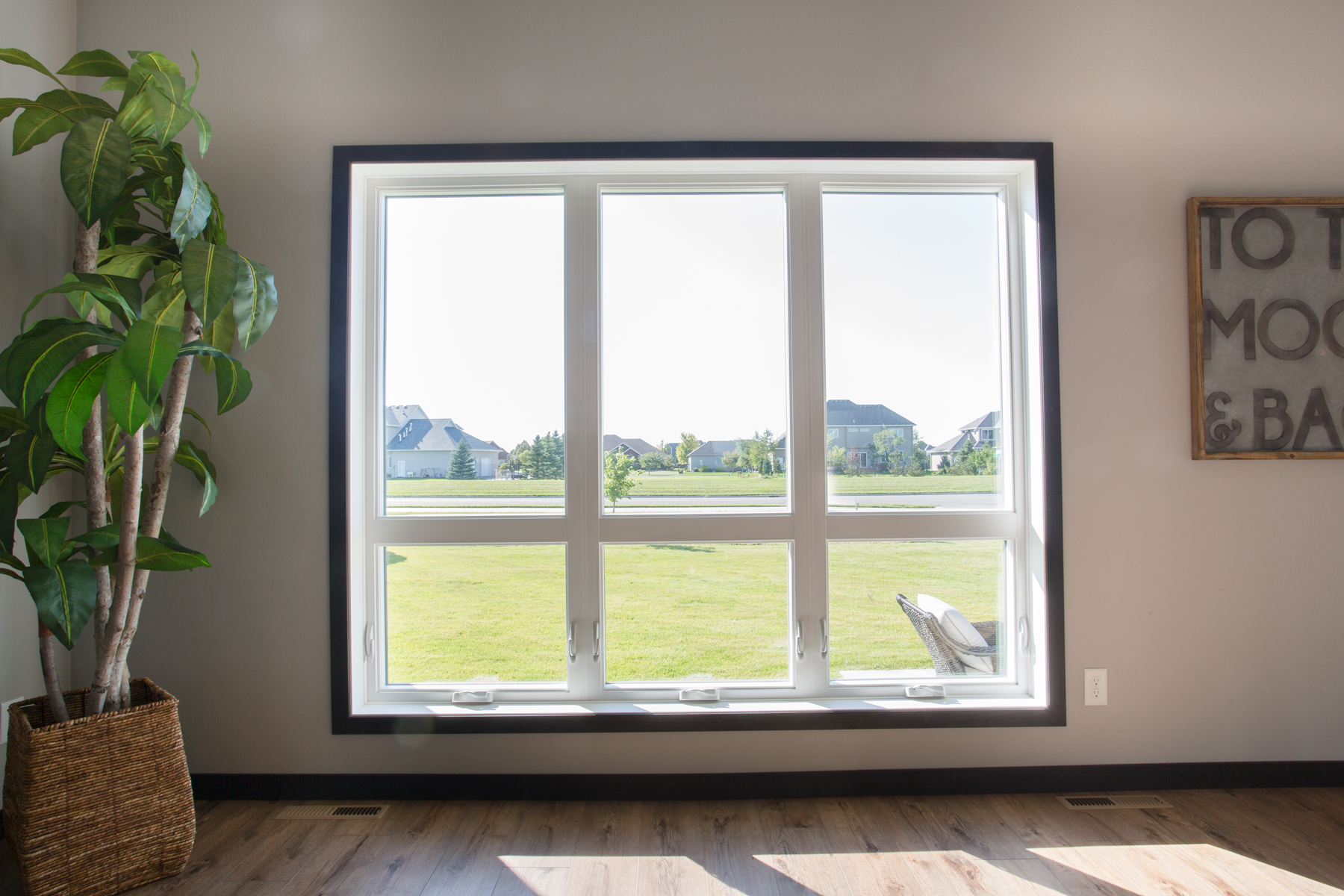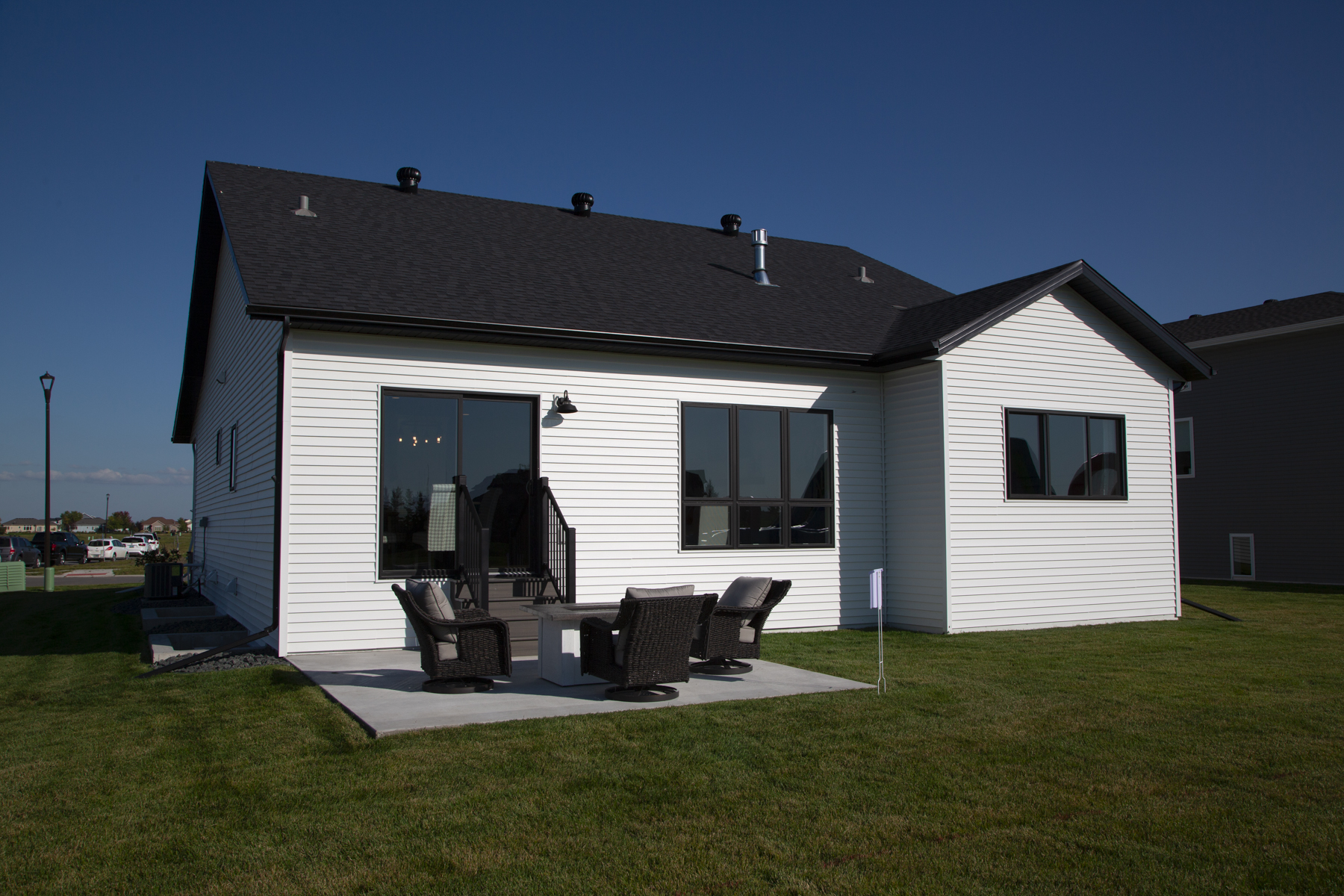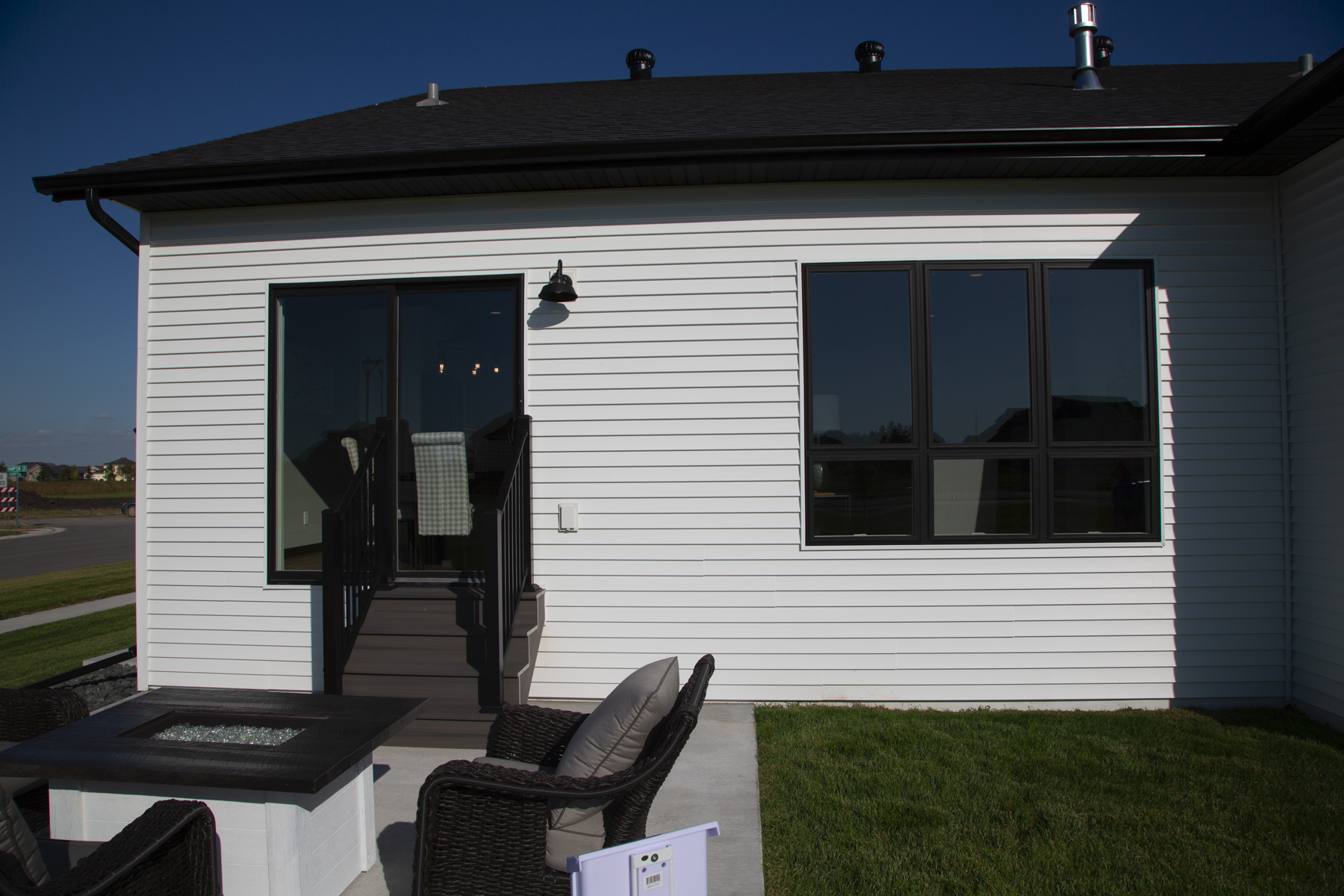If you’re not familiar with the parts of a window, parsing the specifics of frames, jambs, sashes and rails can bring a new shade of frustration to the phrase “window shopping.” Whether you’re building a new construction home or replacing old, leaky windows with something more air-tight and sustainable, it’s useful to know the basic anatomy of a window and its various elements. In this blog, we’ll explore all the parts of a window and how they work together, so you can feel confident as you start to shop for windows.
The Main Structural Parts of a Window
 Windows serve a variety of functions in a structure, from letting in beautiful natural light to providing aesthetic interest to ventilation, heat regulation and sound insulation. Very basically, a window includes several key components working together: The frame, glass panes, and sashes. Well-designed windows include other features, like weather-tight seals, storm interlocking, and fusion welding to improve performance, ease of operation, and strength.
Windows serve a variety of functions in a structure, from letting in beautiful natural light to providing aesthetic interest to ventilation, heat regulation and sound insulation. Very basically, a window includes several key components working together: The frame, glass panes, and sashes. Well-designed windows include other features, like weather-tight seals, storm interlocking, and fusion welding to improve performance, ease of operation, and strength.
Window frame: The outermost stationary components that hold a window together are called the frame. The frame encloses the sash on an operating window, or the glass on a direct glazed window. Jambs, sills, and moldings are the primary components of a window frame — we’ll discuss these parts in more detail below.
Sash: Sashes are the moveable parts of a window made up of the vertical and horizontal frames that hold the glass panes. Single-hung windows have one sash on the bottom of the frame, while double-hung windows have two — one on top and one on the bottom — that can be moved up and down to open and close the window. In other types of windows, like casement windows, there may be one or more hinged sashes that swing open.
Glass: Window panes are made of transparent glass to allow light to pass through and provide a view to the outdoors. There are several types of glass panes commonly used in modern windows. Most popular for enhanced insulation, reduced heat transfer and greater sustainability are double- or triple-glazed panes, which consist of multiple layers of glass separated by air or gas-filled spaces.
The Functional & Decorative Parts of a Window
 Beyond the essential elements of a window, there are many additional parts of a window that help it to function optimally while adding overall visual appeal.
Beyond the essential elements of a window, there are many additional parts of a window that help it to function optimally while adding overall visual appeal.
Muntins and Mullions:These parts of a window are both types of vertical dividers within a window opening, though their original purposes were more functional than today’s primarily aesthetic usage.
Prior to the advent of better manufacturing technologies in the Industrial Revolution, mullions were used to provide critical structural support to walls and ensured the weight of the window was balanced vertically. These days, “mullion” is used to describe any kind of vertical divider, synonymous with “fixed meeting rail” and is primarily used for decorative purposes.
Similarly, “muntins” were vertical pieces of wood originally used to support and hold together multiple small, individual panes of glass within a frame to create a larger window. Now that technology has developed to allow for large panes of glass to be manufactured in seamless sheets, muntins are no longer necessary, but still used as decorative elements in contemporary window design.
Weatherstripping:This is an interior part of a window that plays a vital role in energy efficiency and overall performance. A “weatherstrip” is a durable strip of material placed around the edges of the sashes and frame to cover the joint between the two components and create a tight seal when the window is closed. Weatherstripping is critical in preventing drafts, water leaks, and noise pollution from the outdoors. Modern weatherstripping is typically made of flexible, hardy materials like wool-pile, silicone, rubber, vinyl or foam.
Hardware:The term “hardware” describes the locks, latches, hinges, cranks and handles of a window, which provide both functional operation of the window as well as security features. Some hardware is built into the window to increase performance, like sash locks that reduce rattling, while others, like operating handles and cranks, facilitate the window’s primary functionality.
Locking handles, found on many windows commonly used in homes, prevent unauthorized access by securely fastening the window sashes or frames together, making it difficult for intruders to open the window from the outside.
The Lower and Upper Parts of a Window
In both the upper and lower parts of a window, there are elements that are hard at work keeping the window structurally sound and providing certain performance benefits.
Sill: The window sill is the bottom horizontal component of the window frame. In addition to creating a ledge for decorative items like window boxes to be placed, the sill provides structural support to the window. The outside edge of the interior portion of a sill is often tapered down to help shed water more efficiently.
Head: The head is the horizontal top part of the window frame. The head serves to support the weight of the window and provides structural stability.
Jambs: Window jambs are the vertical sides of the window frame. They provide structural support and help to keep the window securely in place and stable.
Aesthetic Parts of a Window
It’s obvious that not every window has the same aesthetic — but how can you tell? The design, color, shape, and other elements of the more decorative parts of a window all work together to provide a unique look and feel. These are the parts of a window that offer the most opportunity for customization, so homeowners can dress up their windows to suit their personal aesthetic preferences.
Casing or trim: Window casing or trim is the decorative molding or framing around a window. It is used to cover the space between the window frame or jamb and the wall, and is typically considered a largely decorative component. Casing and trim is manufactured from a variety of materials, like wood, aluminum, vinyl, and others.
Finishes: While not technically a part of a window, choosing a finish is an important part of your overall window and home design. A “finish” is the treatment or coating applied to the various surfaces of the frame and sash to enhance their appearance, add durability, and bolster their resistance to the elements. Window manufacturers offer a variety of finishes, like lamination, standard and custom colors, energy efficient coatings, and coatings that provide protection from moisture, UV radiation, temperature fluctuations, and pollution.
Treatments: Window treatments are not a physical part of the window itself, but are extensions of the windows’ light-letting function. Window treatments like curtains, blinds, shades, and shutters are added to windows to give homeowners greater control over their privacy and light levels, and to provide additional interior decoration.
Windows are much more than meets the eye; they are carefully crafted works of engineering and design that serve a variety of functions, not least of all the comfort and well-being of a home’s inhabitants. From basic glass panes to steadfast weatherstripping to stunning design components, all the parts of a window work together in harmony to deliver performance and aesthetics, form and function. The next time you gaze out of a window, take a moment to appreciate the intricate dance of its parts — a dance that gives us access to natural light, fresh air, stunning views, and security, all while adding a touch of architectural splendor to our lives.


